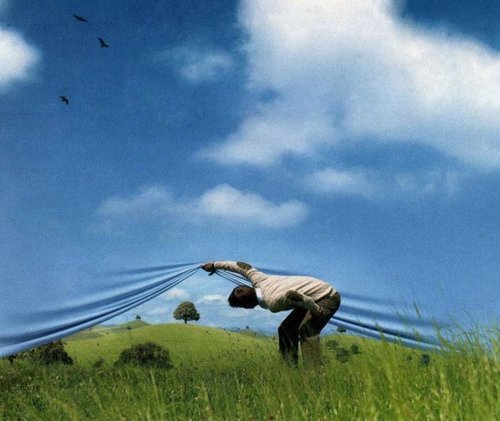The texts and the approach Guha uses in his essay The Prose of Counter-Insurgency to study the different types of discourses makes it hard not to think of the chronicles written by the colonizers in the 1500s about what today is known as Latin America. A Peruvian cultural critic, Cornejo Polar, discusses the myths created to construct the history of those countries situated in the Andes. He argues about the misrepresentation of the Incas in these chronicles showing that the vision of the colonized was not presented in the stories told, in what Guha refers to as primary,secondary and tertiary discourses/proses; therefore, this misrepresentation also affected their representation in history. In Cornejo Polar's essay Escribir en el Aire (1994) the author claims that the portrayal of the moment when “the dialogue” between Atahualpa and Valverde became a confrontation, the written testimonies turned the Spaniard into the oppressor/ savor and the Inca into the subjugated/ignorant for not accepting a bible. Although there were two versions of the story, one was written and the other one remained in the the oral tradition. And it was the first one (the version of the colonizer) which became the official historical discourse, presenting the event as it was meant to be that way inviting people to accept their fate. It is through the eyes of the colonizer that the colonized knows his/her history.
Both critics, Guha and Cornejo Polar seem to agree on the power of writing. It is through writing that the central self is created and, at the same time, the decentralized other. Guha and Cornejo Polar also seem to associate the word author with the word authority, as it shows in Guha's analysis of historiography (p.46). In the following passage Guha says:
Those narratives of this category in which their authors figure among the protagonists are of course suspect almost by definition, and the presence of the grammatical first person in these must be acknowledged as a sign of complicity. (p. 59)
The author is also an important component of the construction of the discourse, after all, we're talking about prose (p. 67). What historiography seems to do, according to Guha, is constructing a mindset toward (in this case) the insurgency which is dictating a certain way of structuring one's thought's about them, which is negative. Is a discourse premised upon exteriority, according to Said (in his essay on Orientalism).
Some of the questions we could ask:
- Are we out of colonialism?
- What is Post- Colonial criticism?
- Some of the terms used in Guha's essay were knowledge, author and discourses. Foucault seems to be present but, literature as well. What is the role of literature? Should literature have a role?

